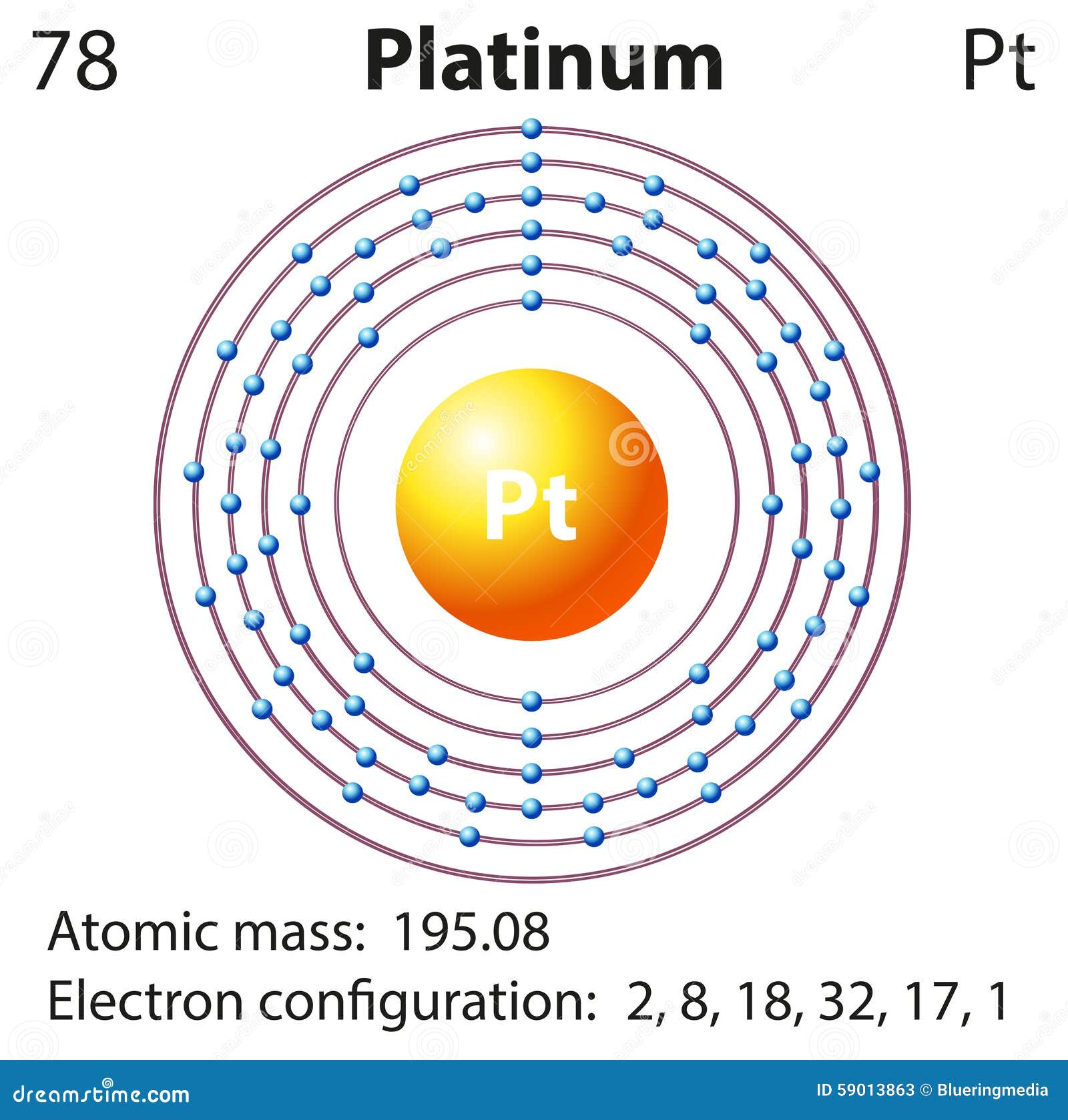


If the amount of sulfide melt to precipitate was small, Au, with its high partition coefficient into immiscible sulfide melts, would have been largely stripped from the silicate melt, whereas Cu, with its lower partition coefficient, would be little affected. This can be explained if ore formation occurred shortly after sulfide saturation. However, the Au fertility of the Jaguar and Bentley andesite must have been low and not enough to form Au-rich VMS deposits because their Pd/MgO and Pd/Pt values are 5–10 times lower than those of andesite and dacite from the modern Au-rich seafloor massive sulfide deposits. This suggests that sulfide-undersaturated andesite, and probably basalt, may have been a significant source for Cu in the Jaguar and Bentley Cu–Zn VMS deposits. In contrast, the andesite after sulfide saturation and other lithologies are characterized by markedly depleted fertility similar to those of barren suites. When Pd/MgO and Pd/Pt are used as chalcophile element fertility indicators, the andesite before sulfide saturation (< 4 ppm Yb) is as fertile as the magmas associated with porphyry Cu-only deposits. The PGE behave incompatibly in the early stage of magma differentiation at 4 ppm Yb, indicating sulfide saturation at this point. Andesite and basalt are the most PGE-enriched lithologies in Jaguar and Bentley. Dolerites, which postdate the mineralization, differ from the other rock types and require a different magma source. The trace elements and PGE show continuous variations when plotted against fractionation indices such as Yb, which can be explained by a two-stage fractional crystallization model: stage 1 Rayleigh fractionation of plagioclase + clinopyroxene + Cr-spinel, and stage 2 the fractional of plagioclase + clinopyroxene + magnetite + 0.1 wt% sulfide liquid. The fractionated primitive mantle–normalized trace element patterns, with negative Nb and Ti anomalies of basalts, andesites, dacites, and rhyolites from Jaguar and Bentley, are similar to each other. This study aims to understand their sulfide saturation history and chalcophile element evolution during differentiation of the Jaguar and Bentley magmas, and investigate the role of chalcophile element fertility on the formation of VMS deposits. We report whole-rock major, trace, and platinum-group element (PGE) geochemistry of volcanic rocks from the Teutonic Bore complex that hosts the Jaguar and Bentley Cu–Zn volcanogenic massive sulfide (VMS) deposits.


 0 kommentar(er)
0 kommentar(er)
